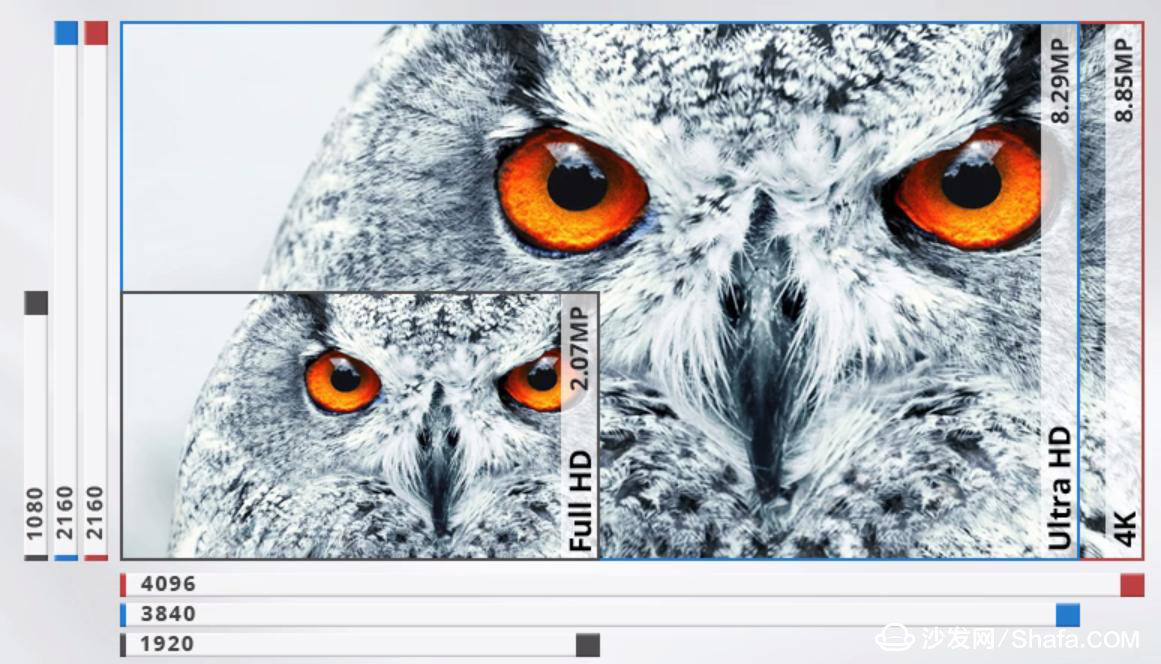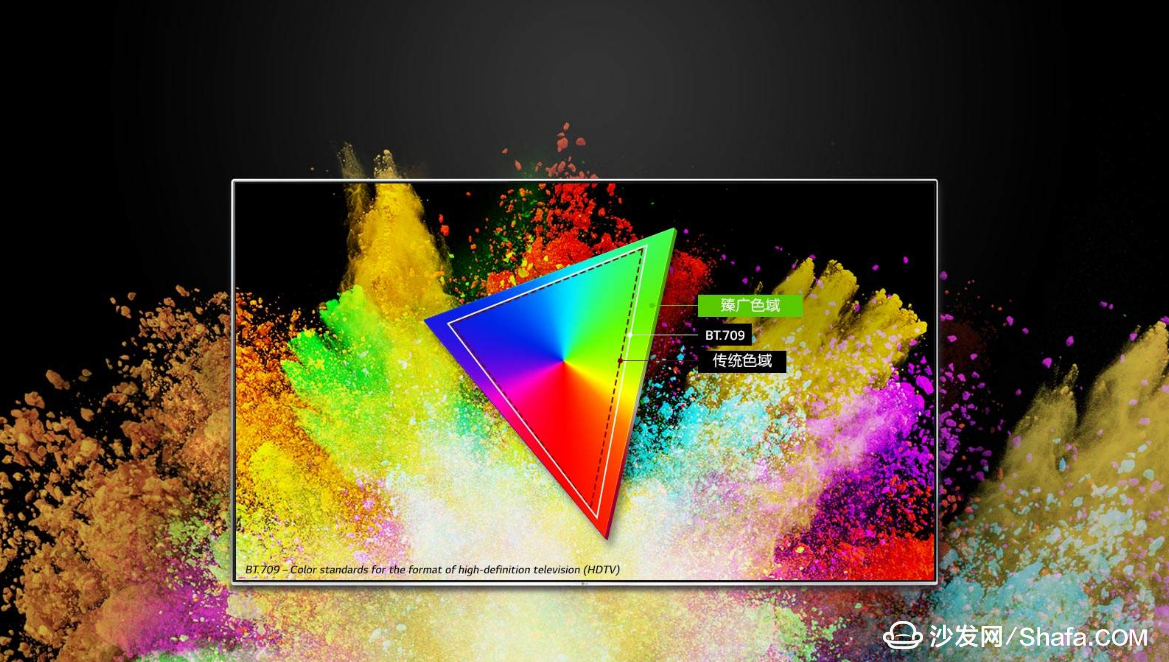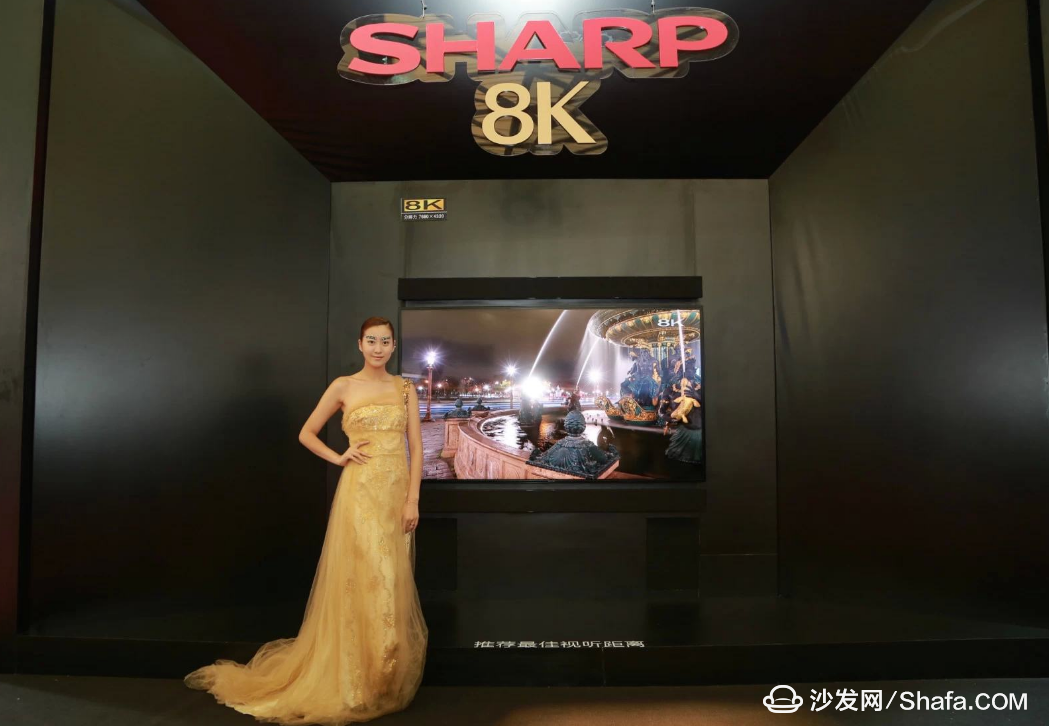For many, 1080P once represented the pinnacle of visual quality. However, as television technology has evolved, 2K and 4K have taken center stage, pushing the boundaries of image clarity and detail. Today, the TV market is more competitive than ever, with a wide range of technologies emerging. But what will define the future of television? Let's explore together.
4K Ultra HD Resolution
The term "4K" is now familiar to most consumers. As 4K TVs become more common, they are gradually replacing older models in households. What was once considered high-definition, 1080P, now pales in comparison to 4K. With a resolution of 4096×2160, 4K delivers four times the pixels of 1080P and twice that of 2K. This means sharper images, richer details, and smoother motion, especially when it comes to fast-moving scenes. The increase in pixel density allows for a more immersive viewing experience, making every frame feel more vivid and lifelike.


With over 50% penetration in the market, 4K has truly entered the mainstream. While its superior image quality is widely recognized, challenges like limited chip power, slow internet speeds, and outdated interfaces still exist. However, these issues are being addressed as the technology matures. Still, can 4K be the final step in visual evolution? Many believe it’s too early to say, as consumer demand for even clearer visuals continues to grow.
HDR (High Dynamic Range)
HDR, which stands for High Dynamic Range, has been around for a while but has recently gained widespread attention. Unlike standard dynamic range (SDR), HDR allows for a much broader range of brightness and color. It enhances contrast, brings out more detail in both bright and dark areas, and offers more accurate color representation. TVs equipped with HDR provide a more realistic and immersive experience, making the screen feel more like a window into another world.

Although HDR standards have not been fully unified, many manufacturers are working on improving SDR through various enhancements. Sharp, for example, has developed its own color technology that mimics HDR by adjusting backlight brightness based on scene content. This results in deeper blacks, brighter whites, and more natural transitions between colors. These innovations help bridge the gap between SDR and true HDR, offering better picture quality without the need for full HDR support.
Wide Color Gamut
Wide color gamut refers to a TV's ability to display a broader range of colors. You might have seen labels like “NTSC 92%†on TV specifications, indicating that the screen covers 92% of the NTSC color space. This means the colors are more vibrant, natural, and closer to real-life hues. Wide color gamut is particularly beneficial for watching movies, sports, and other content where color accuracy matters.

This technology is commonly found in LED, QLED, and OLED TVs, and it doesn’t come at a high cost, making it accessible across different brands. Some argue that wide color gamut doesn't significantly improve picture quality, but in reality, it contributes to smoother color transitions and more accurate color reproduction. If you're interested in experiencing it firsthand, visiting a store and seeing it in action is the best way to judge.
8K Resolution
On August 31, Sharp launched the world's first consumer-grade 8K TV, impressing the industry with a stunning 70-inch display that boasts four times the resolution of 4K. While 2K and 4K are well-known, 8K remains a mystery to many. With a resolution of 7680×4320, or about 33 million pixels per frame, 8K is 16 times more detailed than 1080P. This level of detail is so sharp that it may soon reach the limits of human vision.

Beyond resolution, 8K also brings higher frame rates—up to 120fps. This makes motion appear smoother and more immersive, enhancing the sense of presence in films and live events. Movies like *Billy Lynn’s Long Halftime Walk* have already demonstrated the power of high-frame-rate viewing, and now 4K 120fps is becoming more accessible to home users.
Some people question whether 8K is premature, given that 4K is still not universally adopted. However, history shows that early adoption of new technology often leads to eventual mainstream acceptance. As demand for higher quality grows, 8K is no longer just a distant dream—it's an inevitable next step.
When it comes to 8K, one name stands out: Sharp. Known as the "Father of LCD," Sharp has long been a leader in TV innovation. From cutting-edge 8K to widely used technologies like HDR and wide color gamut, Sharp has consistently pushed the envelope. Its advanced manufacturing techniques, including nano-scale micro-machining, ensure top-tier picture quality. With both strong technical foundations and a deep understanding of consumer needs, Sharp is setting the stage for the future of television.
For more information on smart TVs and TV boxes, visit Smart TV/box Information Network Sofa Butler, China's leading platform for smart TV and TV box news, reviews, and software updates. Get all your questions answered here!
Drop Out Fuse Cutout is a kind of outdoor high voltage protection device, lt is connected with the incoming feeder of thedistribution transformer or distribution lines and primarily used to protect transformers or lines against the impact raised by shortcircuit, overload and switching current. The drop-out fuse cutout is composed of insulator support and a fuse carier, staticcontacts that are fxed on two sides of insulator support and moving contact installed on two ends of fuse carrier, The interior ofthe fuse carrier is the extinguishing tube while the exterior is made of phenolic compound paper tube or epoxy glass.
Composite Fuse Cutout,Cut Out Fuse,Fuse Cutouts Medium Voltage,Dropout Fuse Cutout
Jilin Nengxing Electrical Equipment Co. Ltd. , https://www.nengxingelectric.com